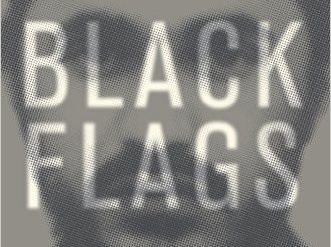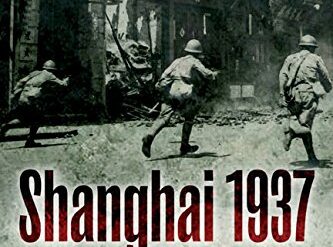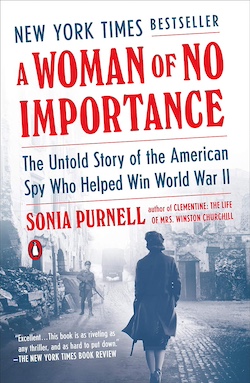
Estimated reading time: 11 minutes
Anti-Nazi resistance movements emerged in every country in Occupied Europe, including Germany itself. Historians rate the most effective of them to have been in Poland, Yugoslavia, and the Soviet Union. Unfortunately, there is little in print published in readable English about most of those efforts. The overwhelming majority of good nonfiction books available to English-speakers involves the French Resistance. (The disproportion is even greater when it comes to fiction.)
Scholars of World War II offer a range of opinions about the effectiveness of the anti-Nazi resistance. Certainly, it was inconsequential in Germany itself. But even where the resistance was most numerous and best organized—Poland—the best that some observers will admit is that its efforts helped tie down a million Nazi troops who might otherwise have made a difference for Germany. Surely, though, in view of the manpower challenge the Nazi regime faced late in the war, that in itself is hugely significant.
Admittedly, my own reading has been limited compared to some of those scholars. For what it’s worth, then, the nonfiction books below are the best I’ve been able to read and review so far. They’re listed in alphabetical order by the authors’ last names. Each is linked to my review.
This review was updated on May 8, 2024.
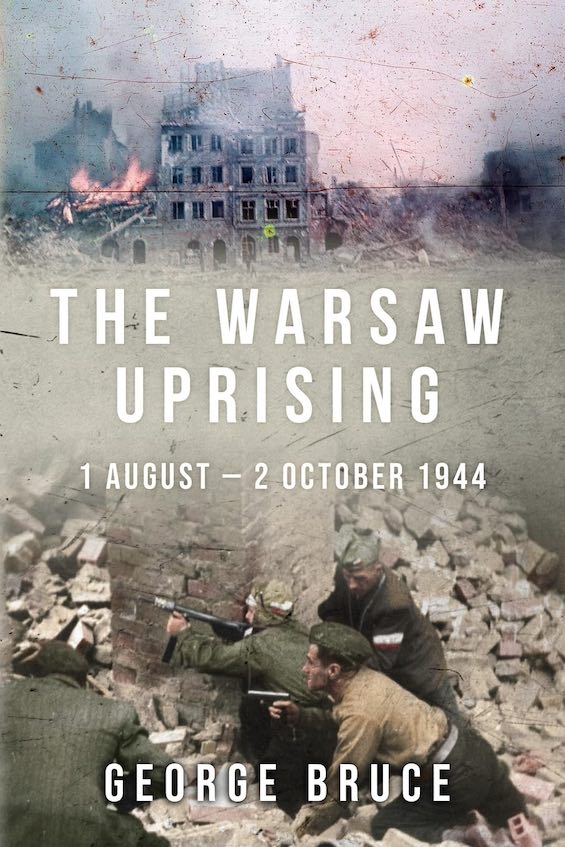
The Warsaw Uprising, 1 August to 2 October 1944 by George Bruce (2021) 339 pages ★★★★★—The Warsaw Uprising of 1944
No country in the world suffered greater devastation in World War II than Poland, not even the Soviet Union, where as many as twenty-seven million people died. Poland’s six million dead represented an even higher proportion of the pre-war population—about one in five. And Poland’s cities lay in rubble. Yet the devastation was greater still in Warsaw, the site of two of the signal events of the war: the Warsaw Ghetto Uprising in the spring of 1943 and the Warsaw Uprising of 1944 by the Polish underground. Of the two, the events in the Ghetto have received far more attention. And in The Warsaw Uprising, 1 August to 2 October, 1944, George Bruce fills the gap with a moving, blow-by-blow account of that tragic episode in Polish history—the world’s “first example of full-scale urban guerrilla warfare.”
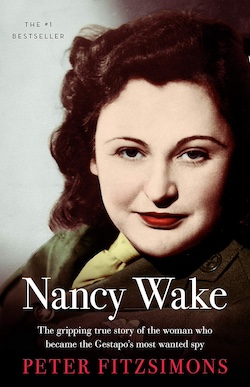
Nancy Wake: The gripping true story of the woman who became the Gestapo’s most wanted spy by Peter FitzSimmons (2011) 329 pages ★★★★★—A female WWII spy led thousands against the Nazis
She was decorated for her exploits supporting the Maquis by France, the UK, the USA, and, eventually, Australia, as well. In this “assisted autobiography,” which rested on his earlier biography of her, Australian journalist Peter FitzSimmons tells the story of Nancy Wake, who parachuted behind Nazi lines and helped build the partisan Resistance in France as an officer of Britain’s Special Operations Executive (SOE).

Das Reich: The March of the 2nd SS Panzer Division Through France, June 1944 by Max Hastings (1981) 296 pages ★★★★☆—Down in the weeds with the French Resistance
In this meticulous, day-by-day account, acclaimed British military historian Max Hastings relates the story of one of Hitler’s elite SS Panzer divisions on its drive northward to stop the Allies’ incursion into Normandy in June 1944. The division, named “Das Reich,” was responsible for one of the most notorious massacres of the war. It was a response to the continual harassment by the French Resistance on its northward move. And Hastings details the action of the Resistance as the division made its slow way northward to Normandy.
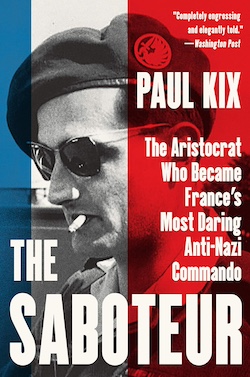
The Saboteur: The Aristocrat Who Became France’s Most Daring Anti-Nazi Commando by Paul Kix (2019) 298 pages ★★★★☆—A story of an anti-Nazi commando worthy of Hollywood
American writer Paul Kix relates the World War II experiences of wealthy French aristocrat Robert de La Rochefoucauld in this fast-moving account. Rochefoucauld defied the conventions of his class to enlist in the Free French under General Charles de Gaulle but ended up instead in Britain’s SOE. After training by the British, he instructed hundreds of his fellow Frenchmen in the use of explosives. Together, they destroyed countless miles of railroad track, blew up munitions dumps, and murdered hundreds of Nazi soldiers. The typical life expectancy of an anti-Nazi commando was six months. De La Rochefoucauld survived five years of war.
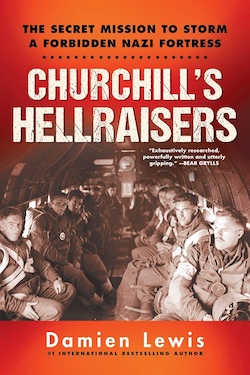
Churchill’s Hellraisers: The Secret WWII Mission to Storm a Forbidden Nazi Fortress by Damien Lewis (2020) 291 pages ★★★★☆—A thrilling British special forces mission in WWII Italy
Damien Lewis has written extensively about World War II, and this book is one of his best. In it, he tells the captivating story of Operation Tombola, a secret mission behind the Nazis’ Gothic Line in northern Italy in collaboration with Italian partisans. Led by two remarkable British soldiers, one from the SOE, the other from the Special Air Service (SAS), the soldiers and partisans proceeded against orders to attack key Nazi positions. Their work opened up the Allied advance northward toward Germany.
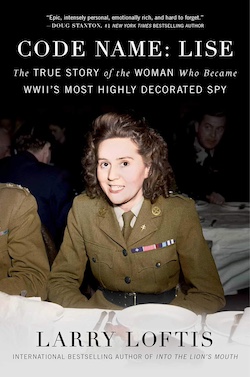
Code Name: Lise: The True Story of the Woman Who Became World War II’s Most Highly Decorated Spy by Larry Loftis (2019) 385 pages ★★★★★—A woman was World War II’s most highly decorated spy
She was the most decorated spy in World War II of either gender. Her name was Odette Sansom (later Odette Hallowes). From 1942 to 1945, she served as an officer of Britain’s Special Operations Executive. From November 1942 to April 1943, Sansom worked in southern France as a courier for an SOE network that delivered arms, money, and supplies to the French Resistance. Betrayed by the witless leader of a French network operating in the same area, she was arrested by the Gestapo. Odette spent the rest of the war in prison, first in France and later at the notorious Ravensbrück concentration camp for women.
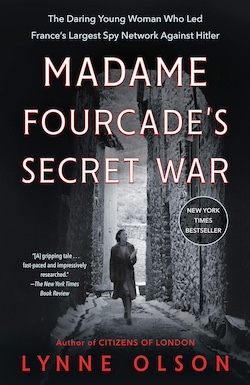
Madame Fourcade’s Secret War: The Daring Young Woman Who Led France’s Largest Spy Network Against Hitler by Lynne Olson (2019) 464 pages ★★★★★—The truth about the French Resistance, dug out of old records
She led the largest French Resistance network against the Nazis for nearly five years. Three thousand agents answered to her, and they delivered intelligence to the British that helped the Allies win the war. Yet she has been virtually forgotten for decades, her courage and resourcefulness ignored by Charles De Gaulle and the French Communist Party, the dominant political forces in France for decades. Because she wasn’t politically allied with either. And because she was a woman. This new biography by historian Lynne Olson restores her to the prominence she so richly deserved.
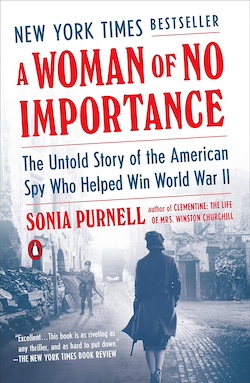
A Woman of No Importance: The Untold Story of the American Spy Who Helped Win World War II by Sonia Purnell (2019) 368 pages ★★★★★—The WWII American woman spy who kept the French Resistance alive
The story of WWII American woman spy Virginia Hall (1906-82) reads like a superhero tale. In A Woman of No Importance, Sonia Purnell relates the woman’s experience in World War II in compelling and often jaw-dropping detail. It’s the best study I’ve ever read about the British Special Operations Executive (SOE), the American Office of Strategic Services (OSS), and the French Resistance. I found it nearly impossible to put the book down.
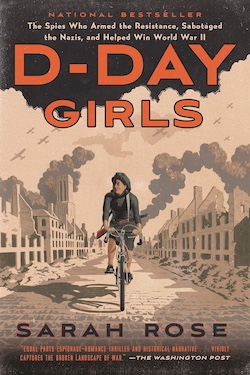
D-Day Girls: The Spies Who Armed the Resistance, Sabotaged the Nazis, and Helped Win World War II by Sarah Rose (2019) 372 pages ★★★★☆—The women who parachuted behind German lines and helped secure the Normandy landing
Sarah Rose’s D-Day Girls shows more clearly than I’ve read elsewhere how extensive were the efforts of the SOE, OSS, and the French Resistance in tying up thousands of Nazi troops in the hinterlands that their commanders wanted on the front lines instead. Human intelligence and the resistance involved not handfuls of brave individuals but hundreds of thousands of people in an intensive campaign the Germans were forced to devote thousands of troops to combat. And many of the most resourceful and effective Allied soldiers who operated behind German lines in the run-up to the Normandy Invasion were women. These are their stories.
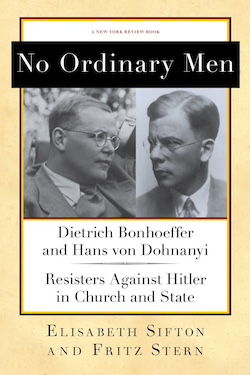
No Ordinary Men: Dietrich Bonhoeffer and Hans von Dohnanyi, Resisters Against Hitler in Church and State by Elisabeth Sifton and Fritz Stern (2013) 160 pages ★★★★★—They were leaders in the resistance to Hitler
Resistance to Nazi rule during World War II was spotty at best inside German borders. There, Heinrich Himmler’s minions effectively snuffed out even the most half-hearted efforts to defy Adolf Hitler. But, in the uppermost reaches of the German general staff, and among a handful of highly accomplished intellectuals, especially men of faith, there were repeated attempts not just to resist Nazi rule but to assassinate Adolf Hitler. Two of the most active players in that work were Pastor Dietrich Bonhoeffer and his brother-in-law, attorney Hans von Dohnanyi. They paid with their lives in the closing weeks of the war in Europe.
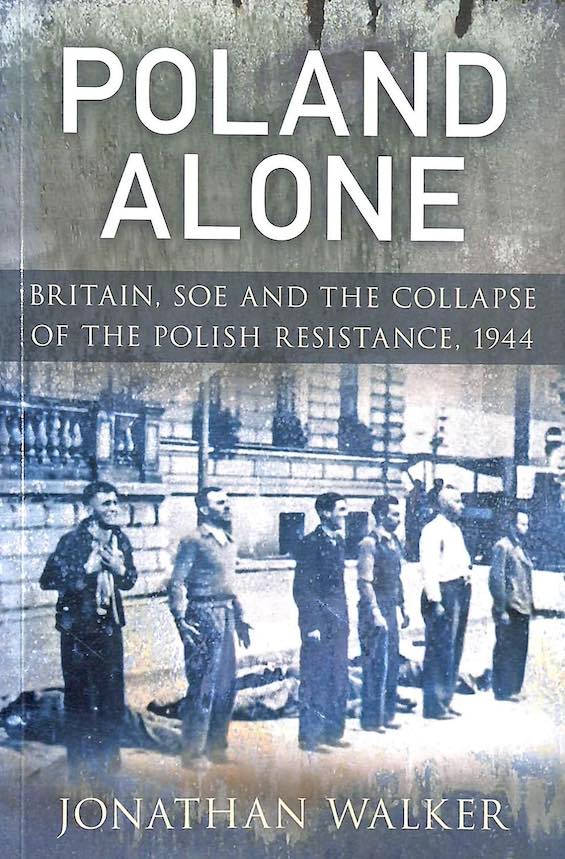
Poland Alone: Britain, SOE and the Collapse of the Polish Resistance,1944 by Jonathan Walker (2008) 384 pages ★★★★☆—The tragic story of the Polish Resistance
Stories of the French Resistance crowd library shelves. They’re among the most popular books about World War II. But many give a misleading picture of reality. Only about 500,000 French men and women worked for the Resistance during the five years of the war, a little over one percent of the country’s population. And most enlisted only in the final months of the war, as Allied victory came to seem more likely. By contrast with resistance movements in other occupied countries, especially Poland and Yugoslavia, the French effort was paltry. In Poland, the Underground State was complex, highly organized, and numerous from the outset. It featured its own administration, judiciary system, and educational facilities as well as an army organized along traditional military lines. In Poland Alone, historian Jonathan Walker tells the story of the extraordinary Polish Resistance movement from the perspective of the British, its sole ally.
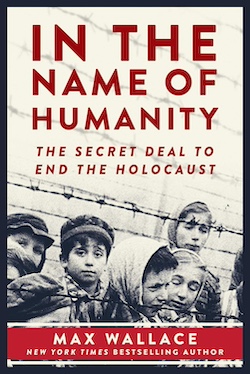
In the Name of Humanity: The Secret Deal to End the Holocaust by Max Wallace (2017) 496 pages ★★★★☆—How the Holocaust ended
Conventional wisdom has it that the Holocaust only ended when Allied troops swarmed into the Nazi death camps and liberated the surviving prisoners. In fact, however, the killing effectively stopped after SS Reichsführer Heinrich Himmler cut a deal in secret with a motley band of activists. He did so in hopes of gaining an advantage in negotiations with the Allies that he imagined were in the offing. The decision saved tens of thousands of Jews—and “none were aware that they likely owed their lives to an elderly Swiss fascist, a formidable ultra-Orthodox Jewish woman, and a corpulent Finnish osteopath.” It’s an astonishing story.
For related reading
For an assessment of the effectiveness of the European resistance to Nazi occupation in a larger context, see The Secret War: Spies, Ciphers, and Guerrillas, 1939-1945 by Max Hastings (A revisionist history of intelligence in World War II)
You’ll find nonfiction books on closely related subjects at 10 top nonfiction books about World War II and Good books about the Holocaust. You might also care to review The 10 best novels about World War II.
And you can always find my most popular reviews, and the most recent ones, on the Home Page.



